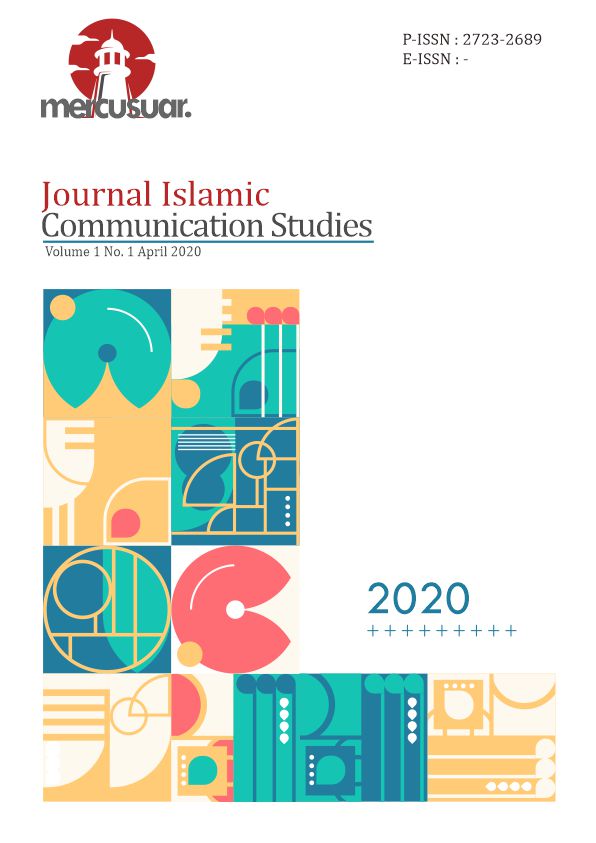Innovation of Print Media in the Era of the Industrial Revolution 4.0 (Case Study of Tribun Timur)
Abstract
Print media will still exist, but the level of competition is intense. The print media industry must try to penetrate the market as widely as possible in the hope of increasing market share and advertising. Various strategies are implemented in the form of adaptation and innovation with technological advancements. The print media industry must make changes to remain relevant amidst the rapidly growing technological developments. Newspapers must be able to define themselves beyond their medium. Newspapers must not be conventional with just a piece of paper. In addition, print media also needs to present itself as a medium that can truly meet the needs of the public who are now more "mobile" in the presence of online media. The data collection method used was observation, in-depth interviews, and documentation. The data were analyzed using qualitative analysis. The results revealed that the convergence of print media can overcome the decline in the number of readers in mainstream media because news distribution no longer depends solely on newspapers, but also on online media. The presence of online media is part of conventional media that aims to strengthen the media's function so that they can expand their readership network through wider news distribution. This is the answer to market demands in order to survive and win the market in the era of the fourth industrial revolution. Thus, the Tribun Timur print media in this case is utilizing new media to meet and compete in an effort to capture the market in the era of the fourth industrial revolution.
Downloads
References
Djuroto, Totok. Manajemen Penerbitan Pers. Bandung: Remaja Rosdakaryah, 2004.
Effendi, Usman. Asas Manajemen. Jakarta: Rajawali Pers, 2014.
Ermanto. Wartawan handal dan Profesional, Panduan Praktis Dan Teoritis. Yogyakarta: Cinta Pena, 2005.
Idrus, Muhammad. Metode penelitian Ilmu-Ilmu Sosial. Jogja; UII Press, 2007.
J. Moleong, Lexy. Metodelogi Penelitian Kualitatif. Bandung: Rosdakarya, 2001.
Mondry. Pemahaman Teori dan Praktik Jurnalistik. Cet. 1; Bogor Selatan: Ghalia Indonesia, 2008.
Universitas Islam Negeri Alauddin Makassar. Pedoman Penulisn Karya Ilmiah: Makala, skripsi,Tesis, Desertasi, dan Laporan Penelitian. Cet. 1; Makassar: Alauddin Press, 2013.
Sumber Online:
“Rest In print: Beberapa Media Indonesia Yang berhenti Cetak Di 2017-2019 (UPDATE LIST)”, The Display. https://thedisplay.net/2018/01/03/media-cetak-indonesia-tutup-2017/ (01 September 2019).
Aini, Caroline Bunga. “Kuliah 2: Manajemen Penerbitan Media Cetak”, Wordpress Caroline Bunga Aini. https://carolinebunga.wordpress.com/2015/04/13/kuliah-2-manajemen-penerbitan-media-cetak/ (1 September 2019).
Pamungkas, Cahyo. “Global Village Dan Globalisasi Dalam Kontes Ke-Indonesiaan”, Global Strategis, vol. 9, no. 2 (Juli-Desember 2015), h. 251. https://e-journal.unair.ac.id/JGS/article/view/6908 (02 September 2019).
Pertiwi, Wahyunanda Kusuma. “Penetrasi Internet Di Indonesia Capai 64 Persen”, Kompas.com. 20 Februari 2020. https://tekno.kompas.com/read/2020/02/20/14090017/penetrasi-internet-di-indonesia-capai-64-persen (1 Juni 2020)


